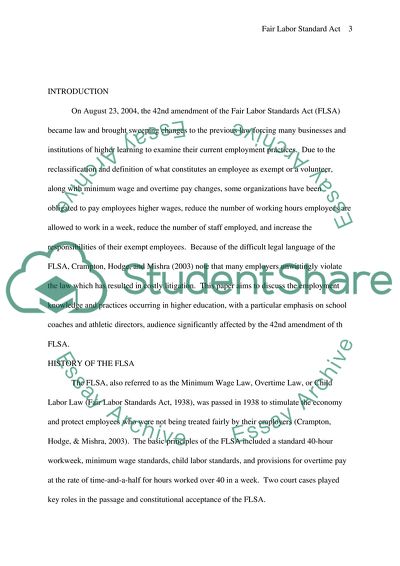Cite this document
(Fair Labor Standard Act Analysis Term Paper Example | Topics and Well Written Essays - 2250 words, n.d.)
Fair Labor Standard Act Analysis Term Paper Example | Topics and Well Written Essays - 2250 words. https://studentshare.org/law/1734484-fair-labor-standard-act
Fair Labor Standard Act Analysis Term Paper Example | Topics and Well Written Essays - 2250 words. https://studentshare.org/law/1734484-fair-labor-standard-act
(Fair Labor Standard Act Analysis Term Paper Example | Topics and Well Written Essays - 2250 Words)
Fair Labor Standard Act Analysis Term Paper Example | Topics and Well Written Essays - 2250 Words. https://studentshare.org/law/1734484-fair-labor-standard-act.
Fair Labor Standard Act Analysis Term Paper Example | Topics and Well Written Essays - 2250 Words. https://studentshare.org/law/1734484-fair-labor-standard-act.
“Fair Labor Standard Act Analysis Term Paper Example | Topics and Well Written Essays - 2250 Words”. https://studentshare.org/law/1734484-fair-labor-standard-act.


